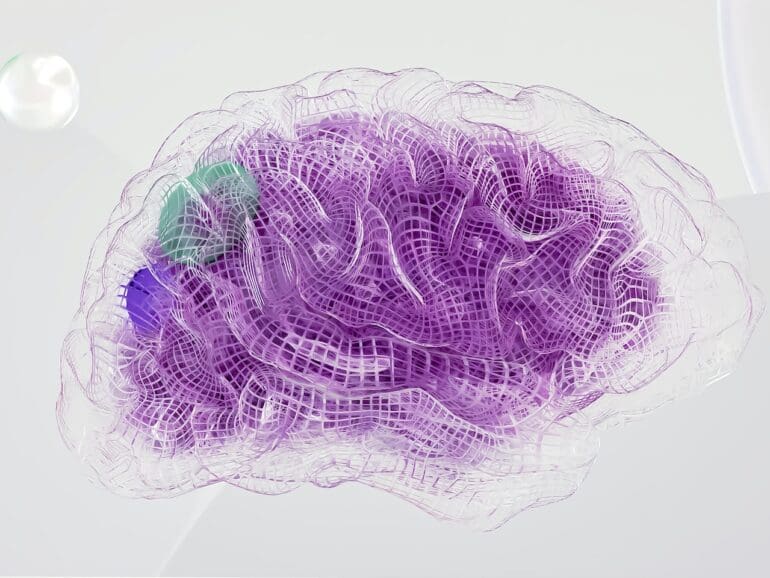Once described by Google CEO Sundar Pichai as “more significant than fire or electricity” to the development of humankind, AI could be a game changer for financial services.
A staple in computer science since the 1950s, demand for AI has skyrocketed in recent years, with market growth set at 38.1% CAGR until 2030. It now forms a significant part of companies’ strategies for growth, and 87% believe AI technologies give them a competitive edge.
RELATED: PayPal Q2 Earnings Disappoint – Hope lies in AI
The technology has already been tasked extensively with improving financial services.
“AI has been part of the fintech landscape for a while. Traditional banks and fintech companies use various AI models to detect fraud, decide which investment to make, and figure out who can get a loan,” said Wendy Li, SVP of Emerging Technologies at Marqeta. “Generative AI does much more. We’re only just starting to explore its potential.”
Generative AI (or GPT AI), the younger sibling of AI, shows capabilities of digesting even the largest data sets, supercharging data usability through machine learning and contextual understanding.
As financial institutions turn to the issue of financial exclusion, GenAI’s extended understanding could make all the difference.
RELATED:
The “T” of GPT
Writing “GPT”, one’s mind may turn to OpenAI’s Chat GPT – many people’s introduction to the world of GPT AI. An acronym for Generative Pre-trained Transformers, GPT refers to an area of AI that uses transformer architecture.

What is transformer architecture? It’s a deep learning model based on a self-attention mechanism that weights the importance of the inputted data differently.
“When people talk about GPT AI or generative AI, they mostly focus on the G, the generative aspect,” said Li. “People are amazed by its ability to create a variety of content and human-like conversation.”
However, Li told Fintech Nexus that “GPT” speaks to the full potential of the new AI technology, far beyond the “generative” attribute.
“We often undervalue the “T” for transformer,” she continued. “The transformer is a model architecture that allows the GPT AI to understand the context and the structure of the information it’s dealing with.”
“The transformative potential of GPT AI holds the key to broadening financial inclusion.”
Targeting Financial Exclusion
Access to credit is considered key to financial inclusion. A report by the OECD stated that it “is essential for households to address the volatility of their personal finances over time and for firms to fund their investments.”
It has already been approached by many innovations in finance. Solutions like BNPL and earned wage access have been woven into an ecosystem targeting the problem.
Underlying the solutions is data. The consideration of alternative data and the efficient processing of more data points has become critical to their effectiveness.
Artificial Intelligence has already been deployed in many instances as a tool to improve efficiency. It can automate the processing of data to streamline credit decisions. However, Li explained the development of GPT AI could increase its impact.
“GPT can really make a difference in the credit space,” she said. “The biggest barrier for financial institutions focused on credit is how to analyze the data outside of the typical credit score.”
“This is where the transformer model comes in. It can process vast ranges of data and understand the complex patterns that humans or old AI models might miss.”
She explained that a wide range of data assists the GPT AI to become more inclusive, avoiding the bias that traditionally has afflicted the credit decisions of marginalized demographics. In addition, the technology can explain its decisioning, allowing for bias to be identified and addressed.
“I don’t know if people fully realize that GPT AI is made up of a few short learnings and then a chain of thoughts. You just need to provide a few examples to even the GPT model out. Just with a few examples of inclusive, diverse data, it will start to behave correctly.”
Li continued, saying that technology’s ability to explain complex ideas could also tie into addressing financial exclusion. Contractual fine print of credit products and awareness of available options could be made more accessible through GPT interaction.
“It can reduce bias that is unfairly correlated with marginalized, and improve access and understanding of a variety of financial products, according to consumers’ personalized needs.”
“This could help level the playing field and lead to a more equitable credit system.”


